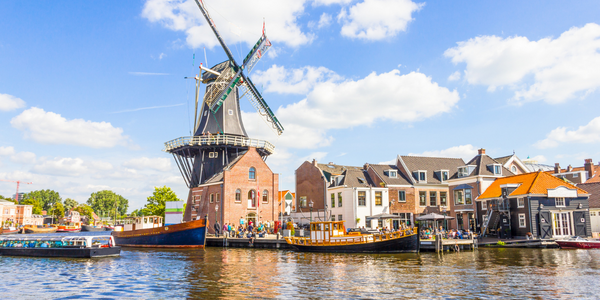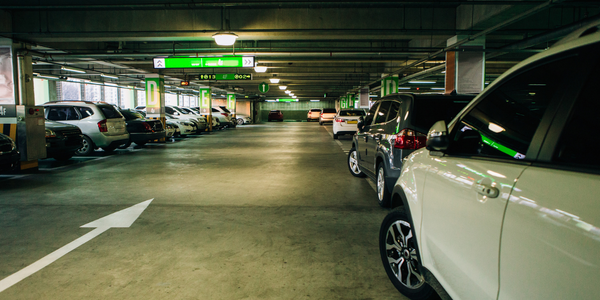Customer Company Size
Large Corporate
Region
- America
Country
- Canada
Product
- FuelFocus
- FleetFocus
Tech Stack
- Fuel Management System
- Fleet Management Information System
Implementation Scale
- Enterprise-wide Deployment
Impact Metrics
- Cost Savings
- Productivity Improvements
Technology Category
- Functional Applications - Fleet Management Systems (FMS)
- Functional Applications - Remote Monitoring & Control Systems
Applicable Industries
- Cities & Municipalities
Applicable Functions
- Logistics & Transportation
- Maintenance
Use Cases
- Fleet Management
- Remote Asset Management
Services
- System Integration
About The Customer
The customer in this case study is the City of Toronto. The City of Toronto is the most populous city in Canada and the fourth most populous city in North America. The city is responsible for managing a vast fleet of vehicles and equipment, which requires a significant amount of fuel. The city was managing over 130 fuel sites that held varying capacities of fuel. The city's fleet services are directed by Lloyd Brierley, who believes that integrating state-of-the-art fuel technology with their fleet management information system will take fleet to a different level.
The Challenge
The City of Toronto was in need of a more secure and accurate way of managing its fuel operations. The city was managing over 130 fuel sites that held varying capacities of fuel. The outdated fuel sites required manual fuel volume measurements and calculations, which was an error-prone process that required a lot of human intervention, time, and effort. The city was also facing challenges in reporting on fuel usage and tank levels, which involved a lot of emails, spreadsheets, charts, and paper forms.
The Solution
The City of Toronto is upgrading its fuel sites with larger capacity super-sites that are more strategically located and contain additional pumps and fuel types. These super-sites are equipped with real-time, centralized automated controls that identify vehicle tank volumes, as well as the amount of fuel dispensed. They also provide live readings and thresholds for each tank used to order fuel. In addition to fuel data, diagnostic trouble codes are automatically imported from vehicles during fueling, sending alerts and work requests into the organization’s fleet application. The city is integrating this state-of-the-art fuel technology with FleetFocus, their fleet management information system. The city is also using FuelFocus, which will help automate many of the previously manual processes.
Operational Impact
Quantitative Benefit

Case Study missing?
Start adding your own!
Register with your work email and create a new case study profile for your business.
Related Case Studies.

Case Study
Turning A Stadium Into A Smart Building
Honeywell created what it called the “intelligent system” for the National Stadium in Beijing, China, turning the venue for the opening and closing events at the 2008 Summer Olympics into a “smart building.” Designed by highly controversial artist Ai Weiwei, the “Bird’s Nest” remains one of the most impressive feats of stadium architecture in the world. The 250,000 square meter structure housed more than 100,000 athletes and spectators at a time. To accommodate such capacity, China turned to Honeywell’s EBI Integrated Building Management System to create an integrated “intelligent system” for improved building security, safety and energy efficiency.
.png)
Case Study
Smart Street Light Network (Copenhagen)
Key stakeholders are taking a comprehensive approach to rethinking smart city innovation. City leaders have collaborated through partnerships involving government, research institutions and solution providers. The Copenhagen Solutions Lab is one of the leading organizations at the forefront of this movement. By bringing together manufacturers with municipal buyers, the Copenhagen Solutions Lab has catalyzed the development and deployment of next-generation smart city innovations. Copenhagen is leveraging this unique approach to accelerate the implementation of smart city solutions. One of the primary focus areas is LED street lighting.

Case Study
Buoy Status Monitoring with LoRa
The Netherlands are well-known for their inland waterways, canals, sluices and of course port activities. The Dutch Ministry of Infrastructure indicates that there are thousands of buoys and fixed items in and near water environments that would profit from IoT monitoring. One of the problems with buoys for example, is that they get hit by ships and the anchor cable breaks. Without connectivity, it takes quite some time to find out that something has happened with that buoy. Not to mention the costs of renting a boat to go to the buoy to fix it. Another important issue, is that there is no real-time monitoring of the buoys at this moment. Only by physically visiting the object on the water, one gains insight in its status.

Case Study
Barcelona Case Study
Barcelona’s heavy traffic and its associated high levels of pollution were the primary factors that motivated some companies and universities to work on strategies for improving traffic in the city centre. Bitcarrier is one of the technologies involved in the In4Mo Project, whose main objective is to develop the applications that form the core of smart mobility, one of the fundamental pillars of the smart city concept.

Case Study
China Mobile Smart Parking
Smart Parking, powered by NB-IoT technology, is making it easier for drivers to find free parking spots. Cities can better manage their parking assets and maximize the revenue available to them as a result. Drivers searching for parking create congestion and pollution by circling and hunting for available parking. Smart Parking services are able to significantly ease these problems by guiding a driver directly to a parking space.








